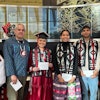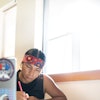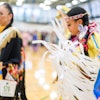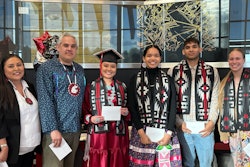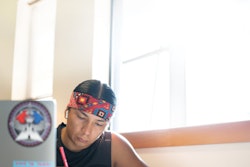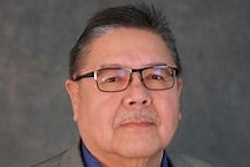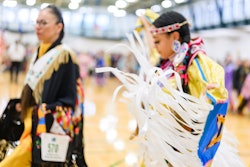The education of Native American youth was part of the charter when Dartmouth College opened its stately doors two and a half centuries ago. But it wasn’t until recent years that the school began graduating indigenous students in significant numbers, and its Native American Studies program has emerged as one of the strongest in the United States.
In Dartmouth’s first 200 years, through 1969, only about 20 Native American students graduated – an average of one every 10 years. But since 1970, about 220 Native students have graduated, with current enrollment at just over 200 and more than 500 students taking at least one course in the Native American Studies (NAS) program, says N. Bruce Duthu, Samson Occom Professor of Native American Studies and the Frank J. Guarini Associate Dean of the Faculty for International Studies & Interdisciplinary Programs at the college.
The change at Dartmouth can be traced back to 1970, Duthu says, after the school’s bicentennial celebration and in the midst of a national push for affirmative action that encompassed higher education. It’s the same year that John G. Kemeny – a Hungarian-born math professor at Dartmouth who had served as Albert Einstein’s graduate assistant and earned his doctorate from Princeton at the age of 23 – was elevated to president.
Kemeny was committed to restoring the college’s original mission, which meant broadening the student population beyond its overwhelmingly White, male, middle- and upper-class complexion. He quickly worked to ensure that a supportive network was in place before launching efforts to bring more Native students to the school.
Things were ready by that autumn of 1970, when about 15 male Native students arrived on campus. Dartmouth became coed two years later, simultaneously launching a Native American studies program that now offers a major and a minor in the field.
Duthu, who grew up in a fishing community in a Louisiana bayou and is a member of the United Houma Nation, arrived on campus as a freshman in 1976. By the time he graduated in 1980 with a bachelor’s degree in religion and a certificate in Native American Studies, there were three faculty with joint appointments teaching Native American studies.
Today, the program has eight dedicated faculty, about half of whom have joint appointments in other departments and six of whom are Native American, as well as Dr. Bernard C. Perley, a visiting scholar funded through an endowment.
